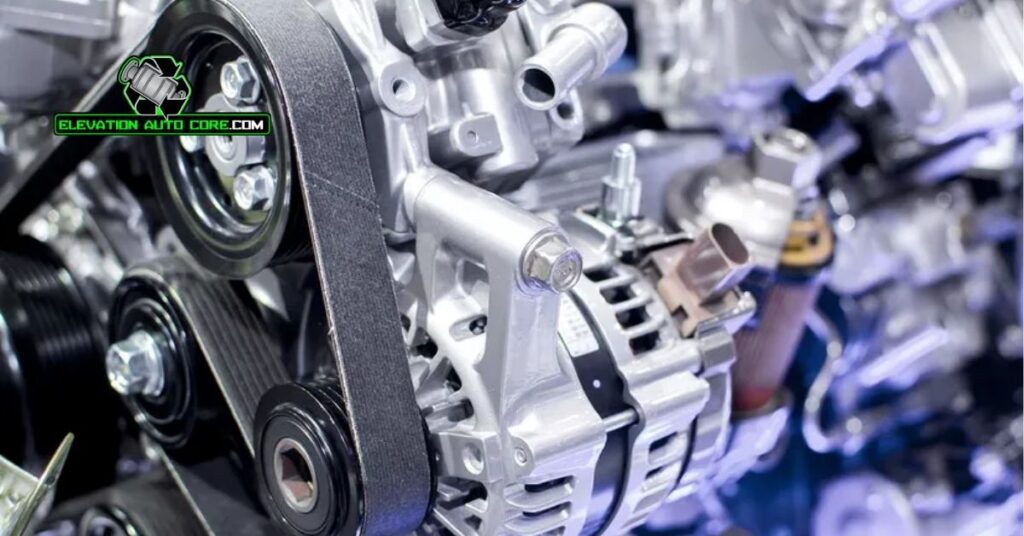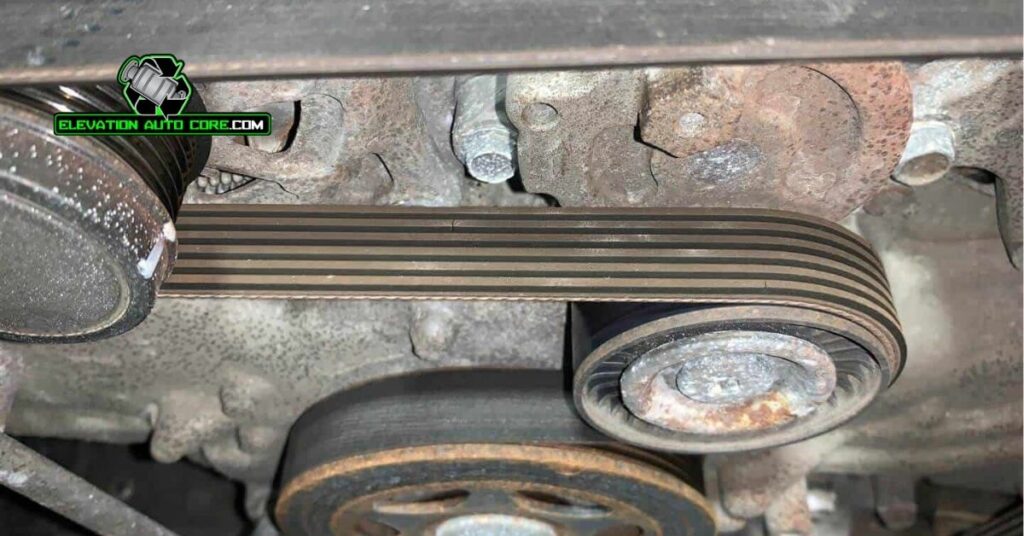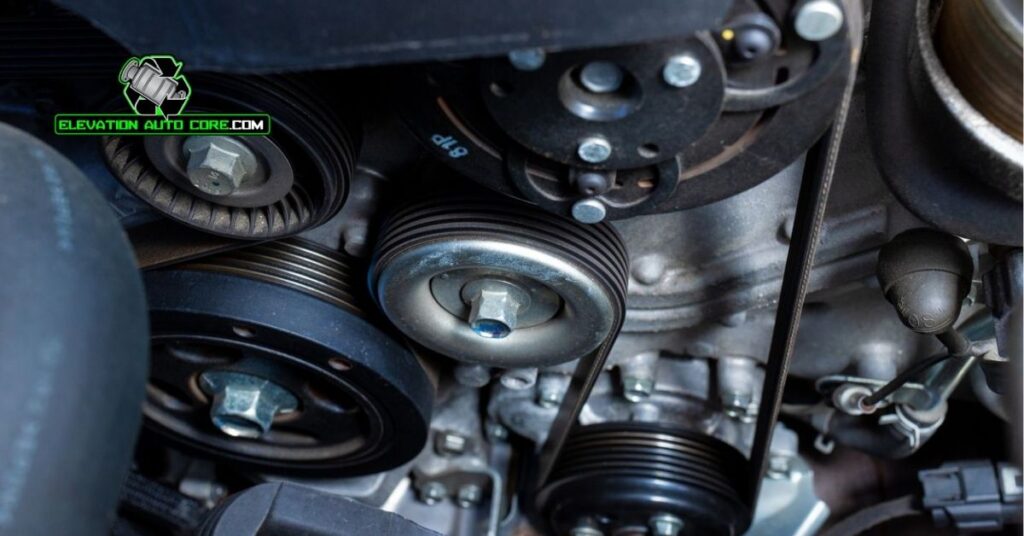What is a serpentine belt in a car, and why does it matter? This essential component keeps your vehicle’s critical systems running smoothly, from the alternator to the air conditioning. Understanding how it works and what happens if it fails can save you from unexpected breakdowns and costly repairs. Keep reading to learn more about this vital part of your car’s engine.
What Is A Serpentine Belt In A Car?

A serpentine belt drives multiple components in your car’s engine. It’s a continuous, ribbed belt that transfers power from the engine’s crankshaft to systems like the alternator, power steering pump, water pump, and air conditioning compressor. Without it, these systems wouldn’t function properly.
Engines depend on the serpentine belt’s design for efficient and synchronized performance. Made from durable rubber with embedded fiber reinforcements, it delivers reliable operation under high stress and varying temperatures. Regular inspections can help you identify wear, cracks, or fraying.
Modern vehicles typically use a single serpentine belt instead of multiple individual belts. This design simplifies maintenance processes, reduces weight, and improves mechanical efficiency. But, a broken serpentine belt can cause important disruptions, including overheating or loss of power steering.
Importance Of The Serpentine Belt

The serpentine belt plays a critical role in keeping key vehicle systems operational. Its efficiency impacts your car’s performance and prevents costly repairs linked to system failures.
Functions Of The Serpentine Belt
This belt delivers power from the engine’s crankshaft, ensuring essential components function. It maintains continuous energy transfer, enabling your car’s systems to run efficiently. Modern designs reduce energy loss while simplifying maintenance.
Consistent operation of the serpentine belt is necessary for regulating systems like cooling, electrical charging, and hydraulic pressure. Any issues with this belt can disrupt vehicle functions, leaving you stranded or damaging the engine.
Components Powered By The Serpentine Belt
The belt powers the alternator, which charges the battery and supplies electricity. It drives the power steering pump, allowing smoother control and maneuvering. The water pump depends on it to circulate coolant, preventing engine overheating. It also powers your vehicle’s air conditioning compressor to maintain cabin comfort. Without this belt, these systems couldn’t operate efficiently.
Common Issues With Serpentine Belts

Serpentine belts ensure the smooth operation of essential vehicle components. Identifying problems early can help prevent costly repairs and breakdowns.
Signs Of A Failing Serpentine Belt
You may hear a high-pitched squealing noise, which often signals belt slippage or wear. Visible cracks, fraying, or glazing on the belt surface indicate deterioration. Loss of power steering or overheating typically occurs when the belt fails completely. Dimming headlights and weakened air conditioner performance suggest reduced efficiency. Inspect the tensioner and pulleys if the belt appears loose or misaligned.
Causes Of Serpentine Belt Problems
Excessive wear results from prolonged use without replacement. Misaligned pulleys put unnecessary strain on the belt, accelerating damage. Frequent exposure to oil or coolant can deteriorate the belt material, compromising durability. A defective tensioner often prevents the belt from maintaining proper tension, causing slipping. Improper installation increases the likelihood of premature failure over time. Regular checks can prevent these issues before they escalate.
Maintenance And Replacement Tips

Regular maintenance ensures the serpentine belt operates efficiently and avoids unexpected failures. Proper inspections and timely replacements play a key role in maintaining your vehicle’s performance.
How To Inspect A Serpentine Belt
Look for cracks, fraying, or uneven wear on the belt’s surface during visual inspections. Ensure you examine the entire belt by rotating it slowly while checking for signs of damage. Pay attention to glazed or shiny spots, which indicate excessive wear. Listen for squealing noises while the engine runs, as unusual sounds often signal belt or pulley issues. Confirm all pulleys and tensioners are properly aligned to prevent added strain. Verify the belt’s tension using a gauge or by pressing on it lightly; excessive slack may point to a failing tensioner.
When To Replace The Serpentine Belt
Replace the serpentine belt based on the vehicle manufacturer’s recommended intervals, typically every 60,000 to 100,000 miles, unless wear occurs sooner. Swap the belt immediately if you notice cracking, fraying, or important grooves along its ribs. Prevent emergency breakdowns by addressing performance issues like loss of power steering or weak air conditioning as these often suggest belt failure. Respond quickly when tensioners or pulleys fail, as these problems shorten belt lifespan. Use a high-quality replacement belt compatible with your exact vehicle to ensure optimal functionality.
Conclusion
Understanding the role of the serpentine belt in your car is key to avoiding unexpected breakdowns and costly repairs. By keeping an eye out for signs of wear and addressing issues promptly, you can ensure your vehicle runs smoothly and efficiently. Regular inspections and timely replacements not only protect critical components but also enhance your car’s overall performance and reliability. Prioritize proper maintenance, and you’ll save yourself both time and stress on the road.

